Follow this link to Lakeland’s video on how to measure yourself for turnout gear: How To Measure Yourself For Turnout Gear That Fits!
Fire protection, such as fire turnout gear, is used to shield firefighters from hazards including flames, extreme heat, and smoke during emergency responses. Working in these dangerous environments requires robust, multi-layered fire protection that can withstand extreme conditions.
In addition to the fire itself, firefighters must also protect themselves from:
Firefighters use a combination of fire protective gear to keep themselves safe on the job, including a fire coat, fire pants, self-contained breathing apparatus (SCBA), gloves, boots, and a helmet. Depending on the type of call they are responding to, firefighters may be required to wear different fire protection.
Firefighters are exposed to multiple hazards – even some during a single response call. Firefighters are routinely exposed to an array of safety and health hazards at fire scenes. In addition to working in the presence of fire or explosive materials, firefighters must contend with weather-related temperature extremes.
The National Fire Protection Association (NFPA) is the body that sets requirements for the design, performance, and certification for fire protective gear. Their statutes cover structural, wildland, extrication, and proximity firefighting PPE, among other items.
Here are some of the NFPA standards that often apply to protective fire gear:
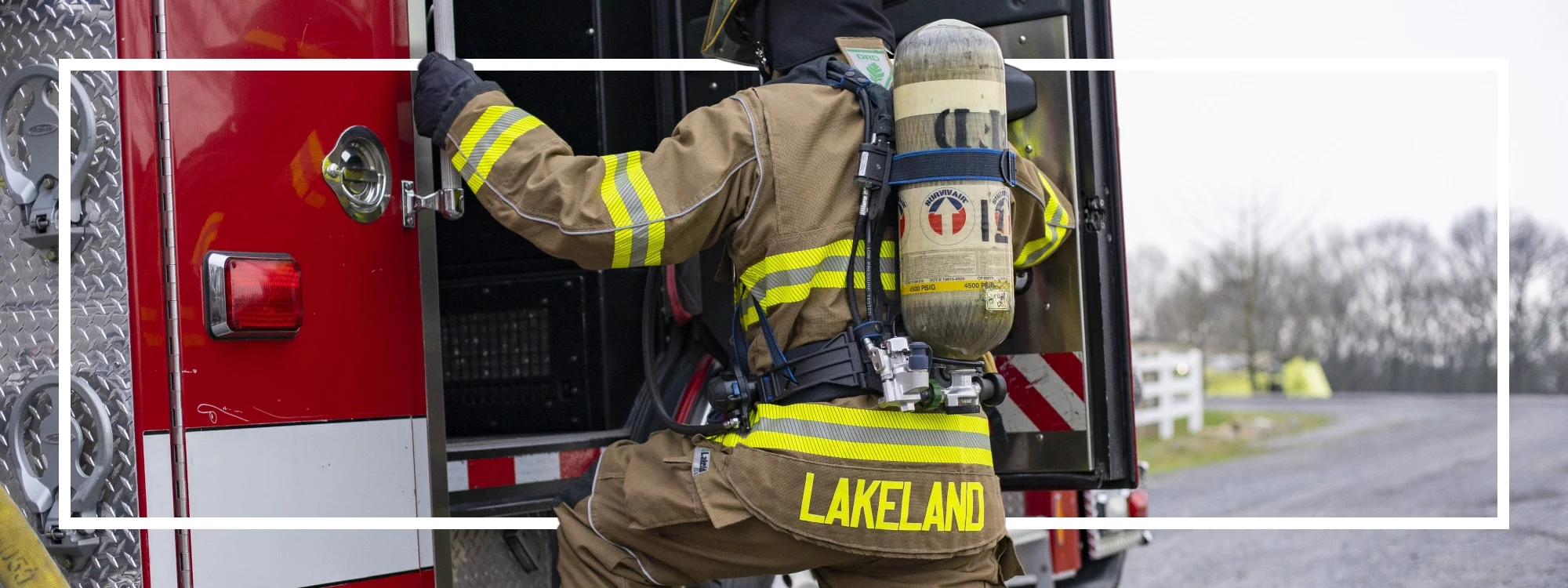
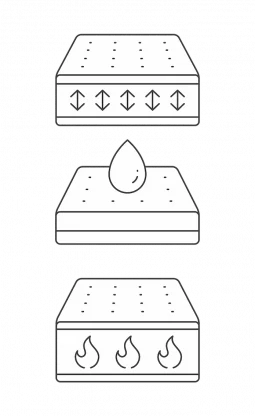
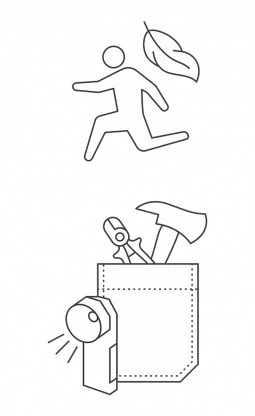
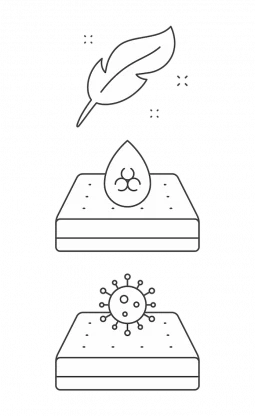
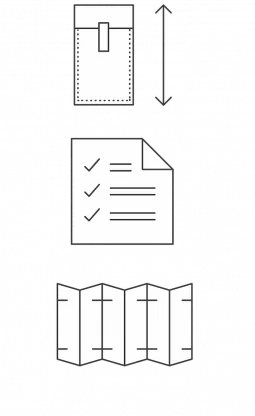
Firefighting turnout gear is used by firefighters working to extinguish a structural fire.
Composed of a thermal liner, moisture barrier, and outer shell, tends to be bulkier than other gear.
Wildfires play a huge role in the destruction of hundreds of thousands of acres across the globe each year. Not every department must prepare for wildland firefighting, but those who do understand that the requirements for gear are vastly different than standard structural turnout gear.
For wildland firefighters, there are various apparatus that the team must use to extinguish the flames – both the ground and from the air. Maneuvering tough terrain and debris or climbing in and out of brush trucks and helicopters, requires wildland firefighters to be almost inhumanly quick and agile. Therefore, wildland gear is often much lighter than turnout gear.
However, wildland gear must still offer robust protection against flame and heat, plenty of pockets and options for tool storage, and be designed with durability, visibility, and mobility in mind.
Most response calls a firefighter makes often will not involve fires. In fact, FEMA estimates that close to 64% of calls are emergency response or medical in nature.
For many departments, this makes extrication gear a necessity. The turnout gear purchased for structural firefighting is often bulky and very expensive, so taking turnout gear to an EMS call can cause the gear to wear faster.
Extrication gear is used when responding to incidents such as vehicular accidents or medical calls – usually situations where blood and other viral agents could be present.
When full turnout gear is not required, dual certified gear meets the needs of emergency response calls. Dual certified gear is designed to meet NFPA 1977 and NFPA 1951 – Wildland/Urban Search and Rescue (Utility).
Storage pockets are a must when handling the tools needed for on-site calls. With a unique combination of expansion pockets and pleated design, the dual certified gear prepares the first responder with enhanced features for mobility and flexibility.
Follow this link to Lakeland’s video on how to measure yourself for turnout gear: How To Measure Yourself For Turnout Gear That Fits!
Lakeland Industries is at an 8-to-10-week lead time.
Speak with a Lakeland Fire specialist to find a dealer in your area: https://firegear.lakeland.com/contact/.
Contact a local ISP or get connected with our team to assist in locating a local cleaner.